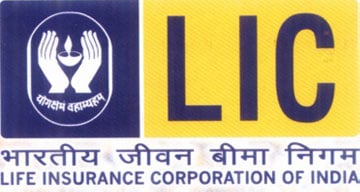 Life Insurance Corporation of
Life Insurance Corporation of
An existing policy holder, Sanjeev G Sangai, has accused the insurance behemoth of ignoring the fact that agents have been misusing product literature meant for internal consumption. The complainant has also found some irregularities in the pamphlets which enumerate the benefits of the Jeevan Nischay policy.
The single premium Jeevan Nischay policy assures its policy holders a guaranteed maturity benefit and is only available to existing policy holders. According to the plan, an investment of Rs1 lakh would mature to Rs1.70 lakh after a span of 10 years. The policy was available for a limited period until the end of March 2010.
On the front page of the pamphlets that are being circulated, LIC has mentioned details about the policy and on the reverse, there are a set of calculations for return on investment. At the bottom of these calculations, a note indicates that the letter is ‘Insurance Agent Training Material’.
Mr Sangai claims that the pamphlet being distributed by LIC’s agents in Amravati contravenes the IRDA regulation which states that “materials used solely for the training, recruitment, and education of an insurer's personnel, intermediaries, counsellors, and solicitors, provided they are not used to induce the public to purchase, increase, modify, or retain a policy of insurance,” shall not be used as an advertisement.
The policy holder says that he has shot off letters to IRDA, LIC and the finance secretary. Moneylife has a copy of the complaint letter. “I have not got any response from IRDA yet,” said Mr Sangai.
Mr Sangai has also pointed out some irregularities in the method of calculating 12.70% returns (after-tax) on premium paid by the policy holder. The advertisement fails to indicate the amount of maturity benefit at different premium slabs. Instead, it only mentions the maturity amount at different age groups (18, 35 and 50), while showing the indicative returns as 12.70%. This leads the investor to believe that the returns will be applicable on any premium amount.
LIC has also considered loyalty additions in its calculations, but it however fails to mention any rate at which they assume the loyalty additions. Loyalty addition rates are also not fixed and depend on the basis of the rate declared by the insurance giant from time to time.
“The question is, can LIC or any other insurance company give misleading information to its agents? This is more dangerous as agents forward the same information to their clients,” says Mr Sangai’s letter.
An email query sent to LIC remained unanswered at the time of writing this story. — Moneylife Digital Team